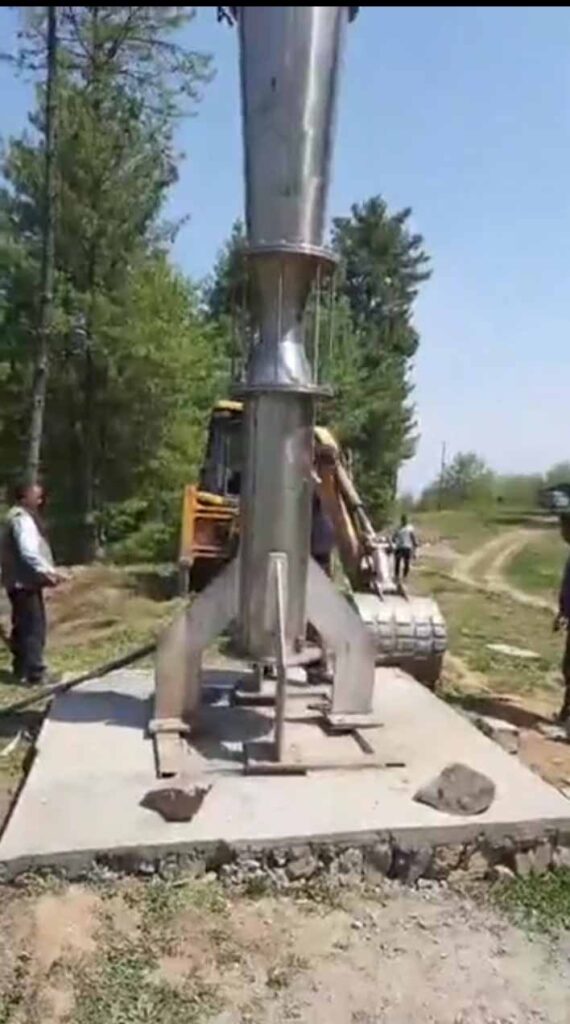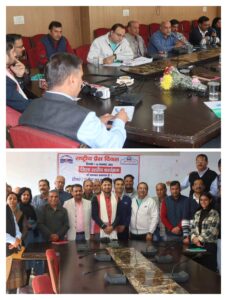IIT-Mumbai’s anti-hailgun to safeguard Himachal’s Rs 5,000-cr apple economy to be run on AI

- Indora Govt Girls Senior Secondary School students take out anti-drug rally under ‘Nasha-Mukt Bharat’ campaign - November 16, 2024
- Sanjauli mosque demolition case: Shimla Municipal Corporation Commissioner demands response on remaining floors - November 16, 2024
- HPCA seeks Mandi admn’s support to maintain Paddal ground’s pitch, says soil specially brought from Punjab - November 16, 2024
The Newz Radar Network
To protect Himachal Pradesh’s Rs 5,000-crore apple economy from devastating hailstorms, an indigenous anti-hailgun has been developed by IIT-Mumbai, which will now be integrated with doppler radar technology.
The advancement aims to provide precise information about hail clouds, enhancing the effectiveness of the anti-hailgun. After a successful three-year trial of the indigenous anti-hailgun installed at Mandhol in Shimla district, engineers at IIT-Mumbai have decided to implement this integration. Technical support will be provided by scientists from the DRDO’s Pune Lab, who have been pivotal in the project.
Explorations are underway to further connect the anti-hailgun with artificial intelligence, potentially revolutionising hailstorm protection. The cost of the indigenous anti-hailgun is significantly lower, priced at Rs 31 lakh, compared to the imported versions costing around Rs 1.5 crore. Additionally, the indigenous model uses LPG, making its operation more economical than the foreign counterparts that rely on costly and less accessible acetylene gas.
A top official at the High Energy Materials Research Laboratory under the Ministry of Defence said the indigenous anti-hailgun posed no environmental threat. “The waves generated by the gun travel in a controlled manner through the atmosphere, using helium, which is environmentally safe. The DRDO team has thoroughly analysed the data from the trial period and plans to submit their report to IIT-Mumbai soon. The integration of doppler radar is expected to significantly enhance the gun’s effectiveness by providing accurate meteorological data,” he said.
Subsidy proposal and government support
Currently, the Himachal government offers an 80 per cent subsidy on hail netting. However, Harish Chauhan, convener of the Sanyukt Kisan Manch, suggests that subsidies should instead support the establishment of indigenous anti-hailguns. This shift would benefit both large and small orchardists, saving them the recurring costs associated with raising and lowering protective nets.




